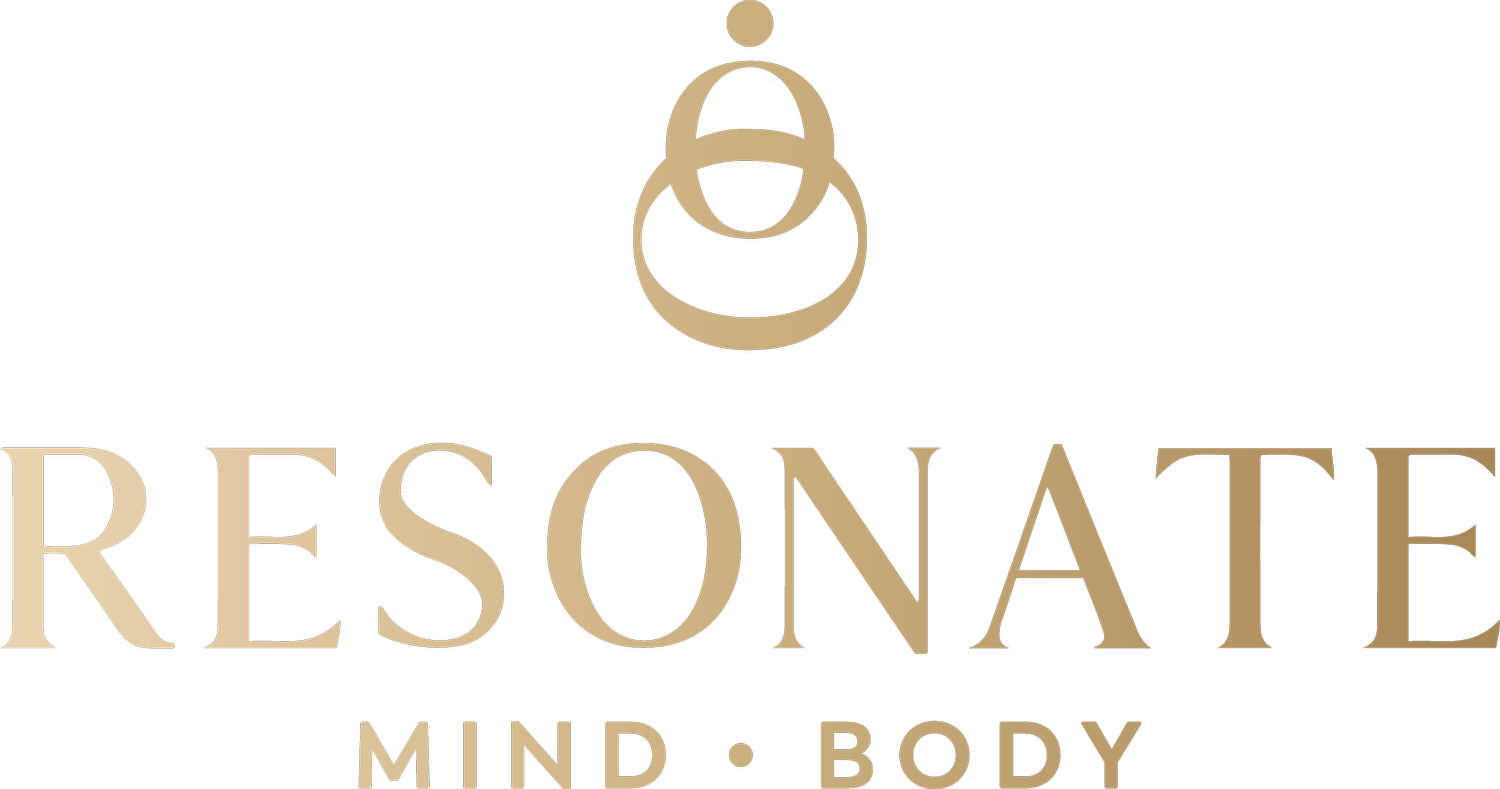
The Dairy Myth
Consuming adequate amounts of calcium is essential to maintaining strong and healthy bones. Through clever marketing, the dairy industry has convinced many of us that only by consuming lots of dairy products can we maintain healthy bones. Nutritionally speaking this is not correct.
Dairy is not the only source of calcium. Many plant-based foods and calcium fortified vegetarian products are good sources of absorbable calcium. Osteoporosis Australia recommends, amongst others, almonds, broccoli, cucumber, silver beet, mustard cabbage, bok-choy, celery, chickpeas, dried figs and dried apricots, calcium set tofu, calcium fortified soy milk, breakfast cereals and fruit juices [1]. In fact, Osteoporosis Australia lists firm tofu as the food with the highest calcium content per serve, 8232 milligrams per cup (250ml or 260g) [1].
There are also some reasons why dairy may not be the healthiest source of calcium. This includes the high saturated fat content of many dairy products, which is a risk factor for heart disease. Another issue for a lot of people, particularly those of non-Northern European descent, is lactose intolerance. For them, eating or drinking dairy products causes problems like cramping, bloating, gas, and diarrhoea. These symptoms can range from mild to severe [2].
Whilst the science is still out on how much calcium we exactly need for healthy bones and to avoid osteoporosis and what the optimal sources of calcium are [2], it is clear that calcium intake is only a part of the picture. For example, there are long-term studies which suggest that high calcium intake doesn’t lower a person’s risk for osteoporosis [2]. In large studies by Harvard University of male health professionals and female nurses, individuals who drank one glass of milk (or less) per week were at no greater risk of breaking a hip or forearm than were those who drank two or more glasses per week [3, 4].
There are other important lifestyle factors that can limit the amount of bone loss in adulthood and therefore help preventing osteoporosis, these include: getting regular exercise (especially weight-bearing and muscle strengthening exercise), getting adequate vitamin D, consuming enough vitamin K (found in green, leafy vegetables), not getting too much preformed vitamin A and limiting the intake of caffeine and cola [2].
References:
[1] Calcium: Consumer guide Osteoporosis Australia
[2] Calcium and milk: what’s best for your bones and health? Harvard School of Public Health
[3] Owusu W, Willett WC, Feskanich D, Ascherio A, Spiegelman D, Colditz GA. “Calcium intake and incidence of forearm and hip fractures among men”, J Nutr. 1997; 127: 1782-87.
[4] Feskanich D, Willett WC, Stampfer MJ, Colditz GA. “Milk, dietary calcium, and bone fractures in women: a 12-year prospective study”, Am J Public Health. 1997; 87:992-97

